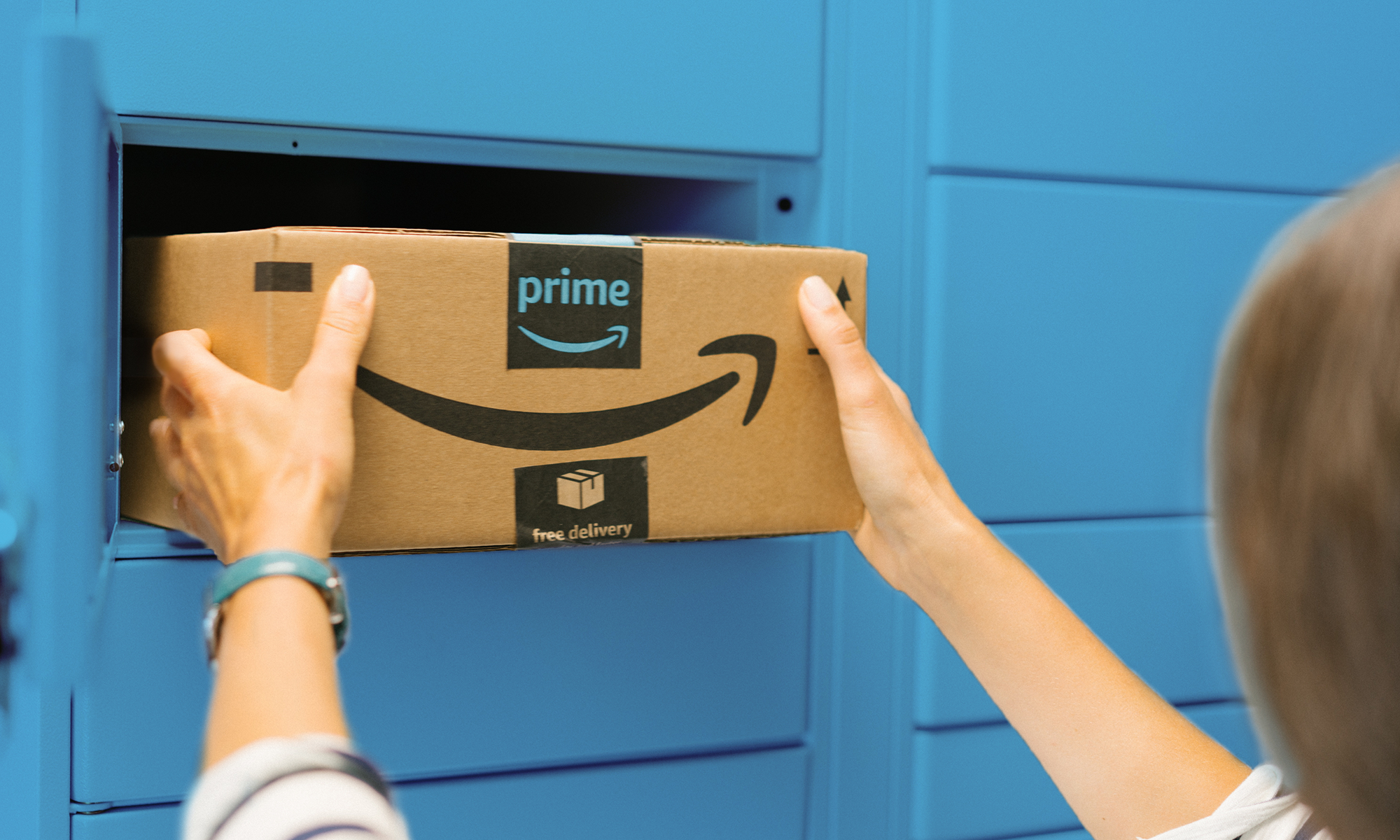Back in October, I took a relatively detailed look at a new development in Amazon's (AMZN 1.93%) long-running counterfeit problem. At the time, the American Apparel & Footwear Association had put several country-based shopping platforms owned by the e-commerce giant on a list it was submitting to the government as it compiles its Notorious Markets List. The United Kingdom's Amazon.co.uk, Canada's amazon.ca, and Amazon's French e-commerce site were all pegged as problematic purveyors of counterfeit goods by the organization.
This left a reputational stain that means little in the grand scheme of things. The AAFA is a body that can make its voice heard, but it's got no real legal authority.
Another body with some sharp legal teeth recently gotten involved, though, and closer to home. On Friday, the Department of Homeland Security published its new policies for "combating trafficking in counterfeit and pirated goods." It doesn't appear Amazon will be able to use the ignorance plea any longer.
This fake news is alarmingly real
The scope of the problem is staggering. Peter Navarro, director of the White House Office of Trade and Manufacturing Policy, commented in conjunction with the release of the DHS's new standards that U.S. companies alone lose between $300 billion and $500 billion worth of business yearly due to counterfeits. His numbers jibe with those from the Organisation for Economic Co-operation and Development (OECD) and the International Trademark Association. The internet has made it easy to commit the crime.

Image source: Getty Images.
Amazon isn't alone in its struggle to manage the inevitable misuse of a popular open platform. Fakes show up on eBay (EBAY 0.05%) as well, and Alibaba (BABA +6.25%) was thoroughly harangued for selling fake consumer goods for several years until 2017 when it finally went as far as to sue counterfeiters using its e-commerce platform.
Amazon is the company most vulnerable to the new initiative, though. An estimated one out of every four U.S. consumers has unknowingly purchased a counterfeit good online, reports the Better Business Bureau. That U.S. consumer didn't necessarily purchase the counterfeit from Amazon, but it's likely as Amazon controls roughly 50% of the online U.S. market. Not only is the e-commerce platform too vast to effectively monitor for fakes, but Amazon is also the biggest e-commerce player (by revenue) in the world ...and in the United States, the Department of Homeland Security has full jurisdiction.
That's what makes the new DHS rules so alarming.
A few words make all the difference
DHS's 54-page document explains at length what Amazon and other e-commerce platforms could expect going forward. But two short passages say all that needs to be said. Page 27 sends a clear message in explaining, "CBP [Customs and Border Protection] will adjust its entry processes and requirements, as necessary, to ensure that all appropriate parties to import transactions are held responsible for exercising a duty of reasonable care."
Just for good measure, the next bullet point reads, "CBP will treat domestic warehouses and fulfillment centers as the ultimate consignee for any good that has not been sold to a specific consumer at the time of its importation." The same passage ends with, "By treating domestic warehouses and fulfillment centers as consignees ... CBP can enhance their ability to identify Section 321 abuses consistent with current authorities, as well as use its other statutory and regulatory authorities to combat trafficking of counterfeit goods in the possession of domestic warehouses and fulfillment centers."
The very next bullet point lays out the groundwork for the destruction of counterfeit goods found in U.S. warehouses and fulfillment centers, including goods customs enforcement may have missed upon entry into the country.
It doesn't take a lawyer to see that the Department of Homeland Security is setting up the legal right to enter Amazon's 110 domestic fulfillment centers, and perhaps even build financially punitive cases against the e-commerce company.
Uncharted waters, but deep to be sure
As for what this shift could mean for Amazon, it's still not perfectly clear. Laws regarding counterfeiting weren't written with third-party sellers or e-commerce platforms in mind. Most rules and their corresponding fines are meant to deter the manufacturers of fake goods. Amazon's defense to date has been that it can't possibly inspect every single item sold via its platform. The company also points to the $400 million it's spent in the past year to combat counterfeit goods and related fraud.
Assuming that's no longer going to be good enough, though, a failure to police its e-commerce platform could prove expensive. Current federal law calls for companies that knowingly or willfully traffic in counterfeits to pay up to a $15 million fine. Presumably, companies that turn out to be repeat offenders suffer ever-stiffening penalties. That's also a possibility within the DHS's new rules.
For perspective, Amazon.com sports more than 100 million sales listings at any given time. It's going to be tough (and expensive) to check each and every one of them.
Editor's note: This article has been edited to reflect that it is the Office of the United States Trade Representative that puts together the Notorious Markets List.








